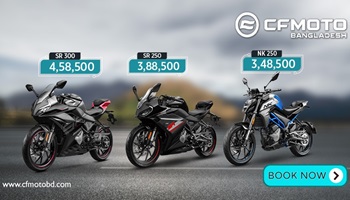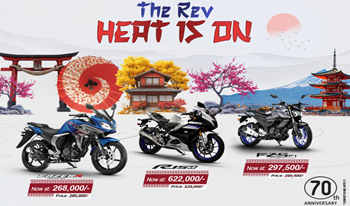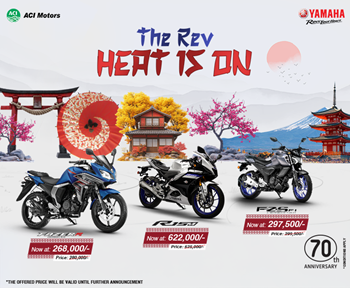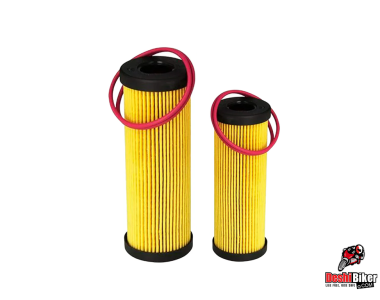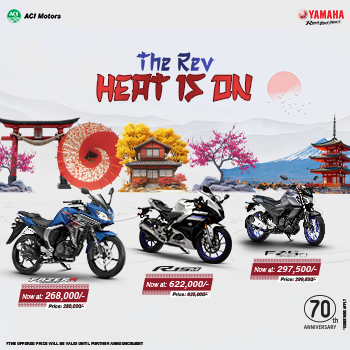What does DRL mean? What is a DRL light? When to use DRL? What are DRL functions? What is the use of DRL in bike? Is DRL light bad? What is the advantage of DRL? What are the disadvantages of DRL? Does DRL consume battery? When should I turn on DRL? Can DRL be switched off? See all the answers to your questions regarding a DRL light in Bike.
What is DRL in Bike?
What does DRL stand for? DRL is the acronym for “Daytime Running Lamp”. One may also call it the “Daytime Running Light”. So, what is DRL lights or headlights? Well, it’s actually an automotive lighting device. It’s actually a low-intensity light. You can notice it at the front of a motor vehicle including a motorcycle. DRL also might be on a bicycle. DRL is automatically switched on when the driver starts the engine or pulls down the brake or also when the bike is in gear. The DRL emits white, yellow, or amber light.
What is the Purpose of DRL?
DRL is a type of light but it is different from a headlight. In fact, it doesn’t intend to assist the driver to see in the darkness. Indeed, it is there to indicate to the other road users that there is an active vehicle. So that one can easily notice that the bike is having a start or is shifting gears or is slowing down with the brake. Simply, DRL’s main usage is that it makes a bike more visible to other drivers, especially during the daytime.
Why is DRL Light Important?
Take a look at some of the crucial advantages that make the DRL light important for a bike.
- DRL increases the visibility of your bike. A bike might be a tiny vehicle on the highways. But a DRL eliminates the chance of your motorcycle being overlooked.
- The Monash University Accident Research Centre in NSW, Australia, has conducted research that proved DRL decreases the chance of a frontal collision by 9%.
- The automatic operational system requires no input from the rider himself.
- Reduces the chance of accidents or unintentional incidents.
What is the Disadvantage of Daytime Running Lights?
DRL Light isn’t bad but there are a few drawbacks of the DRL Lights. Those are:
- Sometimes it makes the drivers a bit confused. The driver may think that his headlight is on but actually it isn’t.
- During low light conditions, a rider can’t rely on the DRL lights. DRL lights aren’t bright enough like the headlight. So it isn’t actually a DRL’s drawback. But it can have a effect on a biker’s mind leading him to a mistake.
- Increases a bit of fuel consumption as well. Because it requires a bit of energy but the sum is not much we suspect.
- It also may cause potential distractions for the other drivers. Because it is getting a bit more common. Drivers may not notice hazards or pedestrians.
What is the Problem with the DRL Light?
There might be some problem with the DRL Light. Those are as follows:
- Short circuits in the wiring
- Defective DRL Relays
- Blown Fuses
So, one needs to check & inspect it on a regular occasion whether the device is functioning right or not.
Is it OK to Drive with DRL Light On?
Yes, it’s kind of a safety equipment. And it increases the chance that other road users notice your bike. Hence, it reduces the chance of frontal collision. So, it’s definitely okay to drive with the DRL light on.
Should I Turn Off DRL?
Generally, the answer is no. It’s not recommended to turn the DRL light off.
Should I leave Daytime Running Lights On?
Generally yes but not in all situations. When there are periods of low visibility caused by fog, rain, or snow, etc the rider shouldn’t leave the DRL on. Because that might create glare that even reduces the visibility of the user himself. In those cases, the headlight should be kept on.
Can DRL Be Switched Off?
Yes, the user can switch off his DRL lights and in that case, those will not work automatically as in a normal scenario. There is a “DRL OFF” setting. You can twist the headlight control knob to “DRL OFF” to switch your Daytime Running Lights off.














